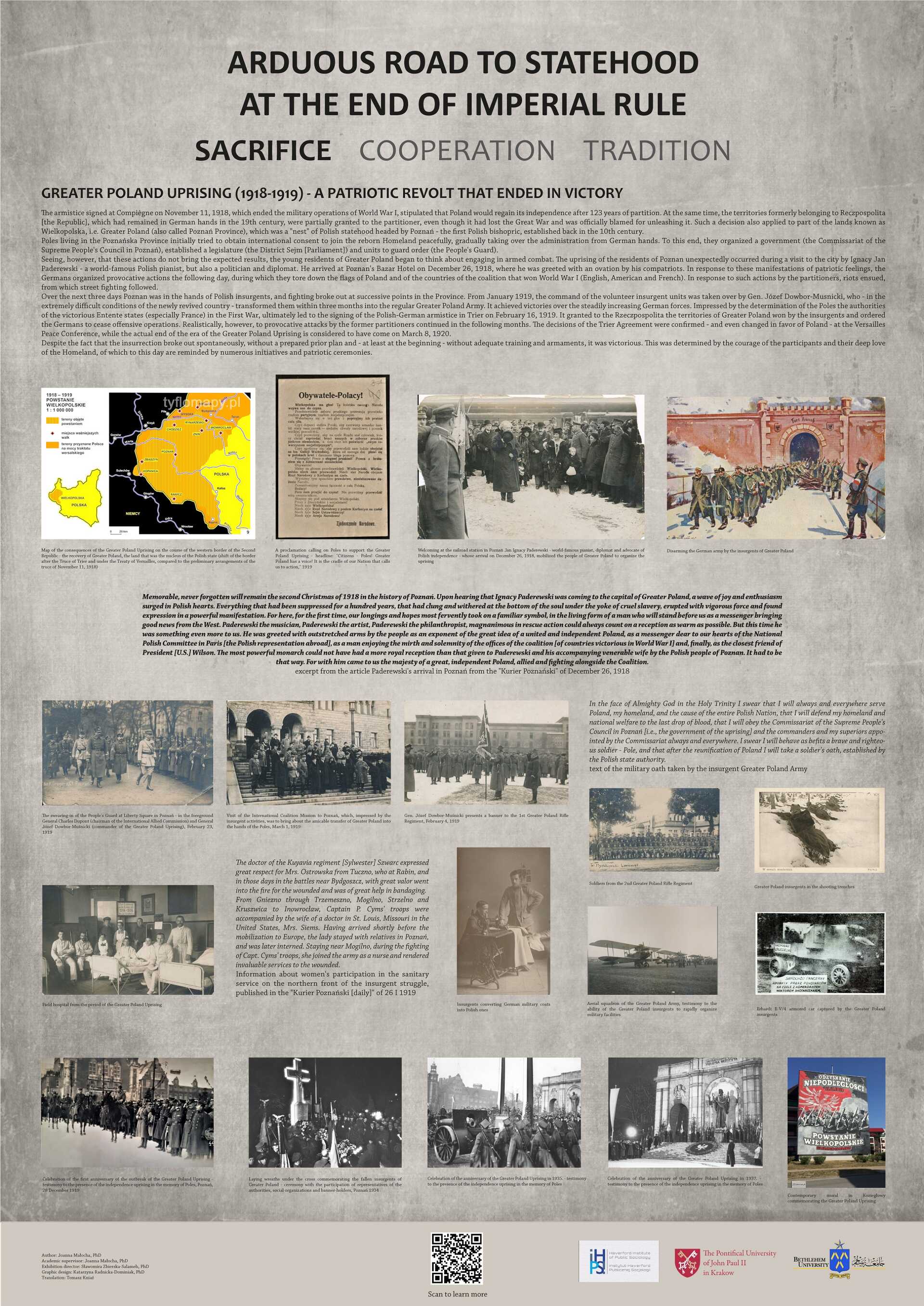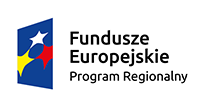II. Greater Poland Uprising

You can download the HQ PDF version of the poster HERE.
Greater Poland Uprising (1918-1919) - a patriotic revolt that ended in victory
The armistice signed at Compiègne on November 11, 1918, which ended the military operations of World War I, stipulated that Poland would regain its independence after 123 years of partition. At the same time, the territories formerly belonging to Reczpospolita [the Republic], which had remained in German hands in the 19th century, were partially granted to the partitioner, even though it had lost the Great War and was officially blamed for unleashing it. Such a decision also applied to part of the lands known as Wielkopolska, i.e. Greater Poland (also called Poznań Province), which was a "nest" of Polish statehood headed by Poznań - the first Polish bishopric, established back in the 10th century.
Poles living in the Poznańska Province initially tried to obtain international consent to join the reborn Homeland peacefully, gradually taking over the administration from German hands. To this end, they organized a government (the Commissariat of the Supreme People's Council in Poznań), established a legislature (the District Sejm [Parliament]) and units to guard order (the People's Guard).
Seeing, however, that these actions do not bring the expected results, the young residents of Greater Poland began to think about engaging in armed combat. The uprising of the residents of Poznan unexpectedly occurred during a visit to the city by Ignacy Jan Paderewski - a world-famous Polish pianist, but also a politician and diplomat. He arrived at Poznan's Bazar Hotel on December 26, 1918, where he was greeted with an ovation by his compatriots. In response to these manifestations of patriotic feelings, the Germans organized provocative actions the following day, during which they tore down the flags of Poland and of the countries of the coalition that won World War I (English, American and French). In response to such actions by the partitioners, riots ensued, from which street fighting followed.
Over the next three days Poznan was in the hands of Polish insurgents, and fighting broke out at successive points in the Province. From January 1919, the command of the volunteer insurgent units was taken over by Gen. Józef Dowbor-Musnicki, who - in the extremely difficult conditions of the newly revived country - transformed them within three months into the regular Greater Poland Army. It achieved victories over the steadily increasing German forces. Impressed by the determination of the Poles the authorities of the victorious Entente states (especially France) in the First War, ultimately led to the signing of the Polish-German armistice in Trier on February 16, 1919. It granted to the Rzeczpospolita the territories of Greater Poland won by the insurgents and ordered the Germans to cease offensive operations. Realistically, however, to provocative attacks by the former partitioners continued in the following months. The decisions of the Trier Agreement were confirmed - and even changed in favor of Poland - at the Versailles Peace Conference, while the actual end of the era of the Greater Poland Uprising is considered to have come on March 8, 1920.
Despite the fact that the insurrection broke out spontaneously, without a prepared prior plan and - at least at the beginning - without adequate training and armaments, it was victorious. This was determined by the courage of the participants and their deep love of the Homeland, of which to this day are reminded by numerous initiatives and patriotic ceremonies.



